One of the first and ongoing coalition activities is planning. Whether you are working on a strategic plan, an action plan or an upcoming meeting plan, you are constantly planning something. When you are considering hiring for a coalition position, you need them to be great with people and skilled at planning. As you are focused on planning, here are three important considerations that apply to all types of planning.
Purpose.
As much as some people like to plan in order to have a plan, the best plans are aligned with purpose. As you begin any planning process, remember to pause and reflect on the purpose of what you are planning. If you are working on a strategic plan, then you will want to ask, “What is the purpose of the plan?” and “Who will use the plan?” You want to ask the same questions when you are planning a meeting as well. We often do things in our coalition work (and the rest of our lives) because it is what we have always done. When we pause for purpose, we are much more intentional and clear about our plans and can develop plans that align with that purpose.
Process.
Most plans have timeframes associated with them and developing a process for planning is incredibly helpful for everyone involved in the planning. When you develop a plan, consider what steps are needed for the plan and who needs to be involved in the process so that your plan reflects your purpose. Last year, I had the opportunity to lead several learning collaborative sessions, and one of the most helpful resources was our process guide and detailed agenda. We used this process to set deadlines, create learning objectives and involve the speakers in planning each session. We also had a detailed agenda template that guided us through a process for deciding how we wanted to engage participants, how much time we wanted to spend on each section and what we wanted to do as a follow-up. Now that we have this process and templates, we can apply them to future learning collaboratives and consider lessons learned toward future initiatives.
Priorities.
While we can create robust strategic plans that are all-encompassing, and if fully implemented would make incredible impacts, when we plan, we also have to prioritize. This is applicable in our coalition work and in our individual work. While we may want to choose all the strategies and attempt to address all the needs, we have to make decisions about what is feasible, what will make the most impact and what is most aligned with our purpose. When we make choices, we are able to focus on what is most important right now. One of my favorite tools for that personally is the Full Focus Planner System that ensures I am considering my “big 3” priorities for the day, week and quarter. As you reflect on your coalition, team or individual priorities, consider your purpose and what is most important to you. Below is a diagram that I use in my coalition workgroup planning. Consider how you may use something similar for your planning purposes.
Photo by Brett Jordan on Unsplash
